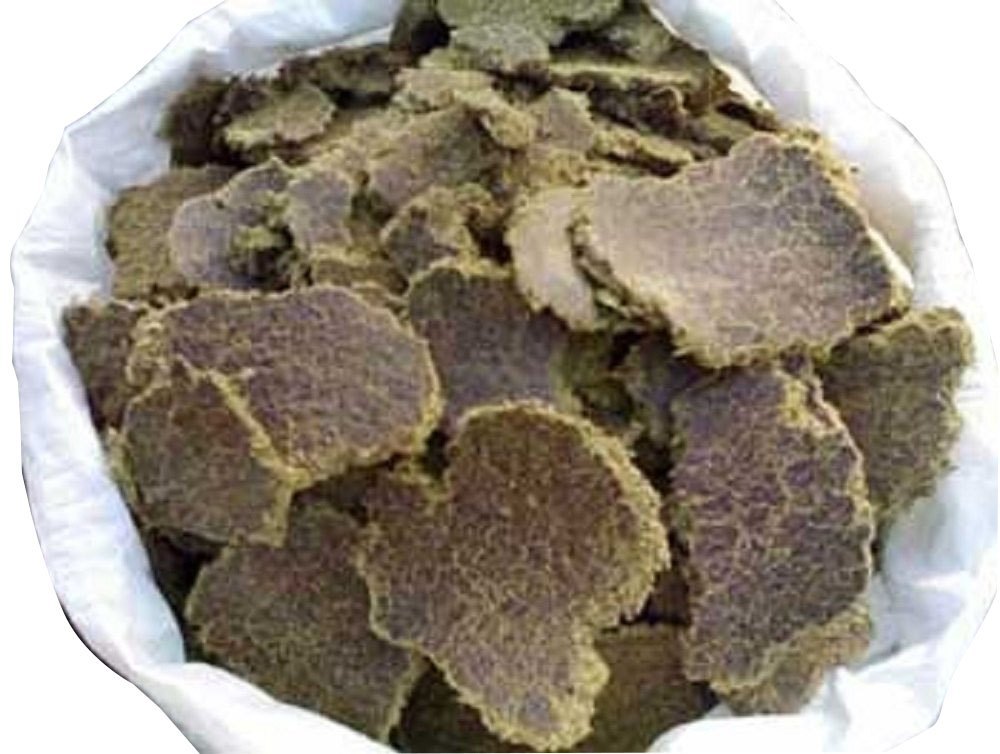Cotton Seed Oil Cake
Cotton seed oil is derived from the seeds of the cotton plant, scientifically known as Gossypium hirsutum. The cotton plant is a small to medium-sized shrub, typically reaching a height of 3 to 6 feet. It features broad, lobed leaves and attractive, colorful flowers, which vary in color from white to shades of yellow and pink. Cotton plants produce capsules or bolls, which contain the cotton seeds that are used to extract cottonseed oil.
₹10.00
Cotton Seed Oil: A Comprehensive Overview
Plant Description: Cotton seed oil is derived from the seeds of the cotton plant, scientifically known as Gossypium hirsutum. The cotton plant is a small to medium-sized shrub, typically reaching a height of 3 to 6 feet. It features broad, lobed leaves and attractive, colorful flowers, which vary in color from white to shades of yellow and pink. Cotton plants produce capsules or bolls, which contain the cotton seeds that are used to extract cottonseed oil.
Taste and Color: Cottonseed oil is known for its mild, neutral taste, making it an ideal cooking oil as it doesn’t impart strong flavors to dishes. The oil itself is typically a pale yellow color.
Soil Type for Growth: Cotton plants thrive in well-drained loamy soils with good fertility. They require adequate sunlight and warmth for optimal growth and seed production.
Production Regions: Cottonseed oil is produced in various regions across the world. Some of the major global producers include the United States, China, India, and Brazil. In India, the key cottonseed oil-producing regions are Gujarat, Maharashtra, Andhra Pradesh, and Telangana.
Maturity Period: The maturity period for cotton plants varies depending on the specific variety and environmental conditions. Generally, it takes around 5 to 6 months for cotton plants to reach maturity and produce mature bolls ready for harvesting.
Environmental Conditions: Cotton plants require a warm and semi-arid climate with consistent rainfall during the growing season. They are sensitive to frost and excessive moisture, which can damage the cotton bolls.
Physical Properties and Ingredients: Cottonseed oil is known for its light and mild characteristics. It has a high smoke point, making it suitable for various cooking methods, including frying and sautéing. The oil is primarily composed of fatty acids, with a significant portion being linoleic acid. It also contains tocopherols, which are antioxidants that help extend its shelf life.
Shelf Life and Storage: Cottonseed oil has a relatively long shelf life when stored properly. It can remain stable for up to a year if stored in a cool, dark place, away from direct sunlight and heat. Refrigeration can further extend its shelf life.
Uses and Consumers: Cottonseed oil is a versatile cooking oil and is commonly used in the preparation of a wide range of food products. It is used for frying, baking, salad dressings, and as an ingredient in processed foods like margarine and mayonnaise. Additionally, cottonseed oil is used in the manufacture of cosmetics, soaps, and even in industrial applications such as biofuel production.
Consumers of cottonseed oil include households, restaurants, food manufacturers, cosmetic companies, and industrial facilities that require a stable and neutral oil for their processes.
In summary, cottonseed oil is a valuable agricultural product with a mild taste and various applications. It is predominantly produced in regions with suitable climates and soil conditions, such as the United States, China, India, and Brazil. Its long shelf life and versatility make it a staple in the global food and industrial sectors.









Reviews
There are no reviews yet.